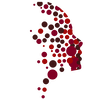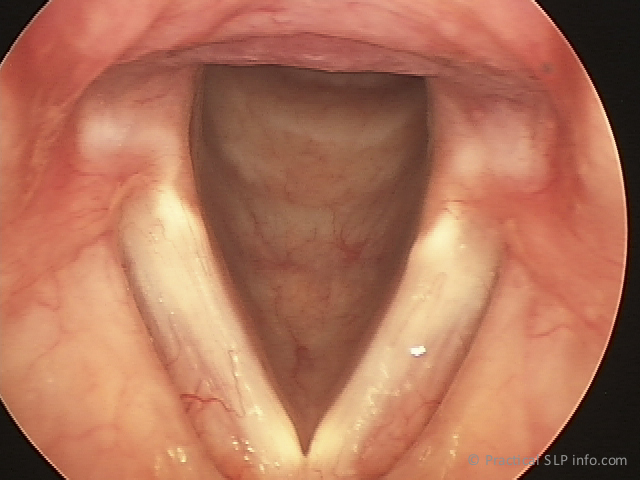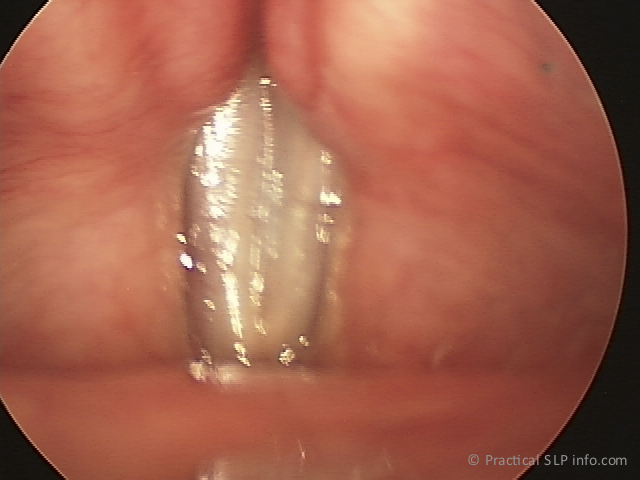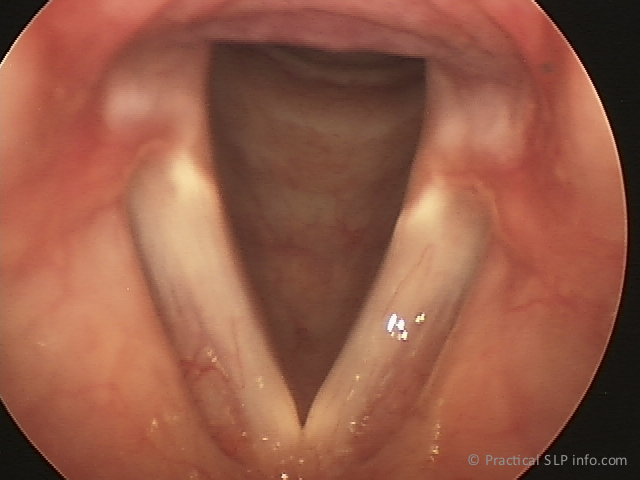The vocal cords, of course are very important in producing a voice. They are positioned at the top of the trachea, or windpipe, and have the ability to open and close.
_When we breathe, the vocal cords are open, but they come together in order to make a voice or phonate. The vocal cords coming together, however, will not result in a voice. In fact, the vocal cords do not vibrate independently. In order to produce a voice, the vocal cords must come together, while simultaneously,
air from the lungs is exhaled through them in a sufficient manner. The
flow of air through the closed vocal cords causes vibrations…the sound
we hear as a voice!
Consider how leaves rustle in the wind. Vocal cords vibrate like leaves in the wind. Without airflow or “wind,” the vocal cords are still, and no sound will be produced. In this sense, you can understand then, how we exhale the air is just as important as the vocal cords in terms of producing a voice.
Following a tracheostomy, the airflow during normal breathing is diverted through the tube, which sits below the vocal cords in the throat. As a result, air will no longer be able to flow through the vocal cords. Although the larynx (voice box) and vocal cords are not affected by the tracheostomy, the loss of airflow through the vocal cords will prevent normal voice/speech production. There are, however, ways to restore speech in a tracheostomy patient. Your doctor/SLP staff will determine the most appropriate method for you.
Consider how leaves rustle in the wind. Vocal cords vibrate like leaves in the wind. Without airflow or “wind,” the vocal cords are still, and no sound will be produced. In this sense, you can understand then, how we exhale the air is just as important as the vocal cords in terms of producing a voice.
Following a tracheostomy, the airflow during normal breathing is diverted through the tube, which sits below the vocal cords in the throat. As a result, air will no longer be able to flow through the vocal cords. Although the larynx (voice box) and vocal cords are not affected by the tracheostomy, the loss of airflow through the vocal cords will prevent normal voice/speech production. There are, however, ways to restore speech in a tracheostomy patient. Your doctor/SLP staff will determine the most appropriate method for you.




